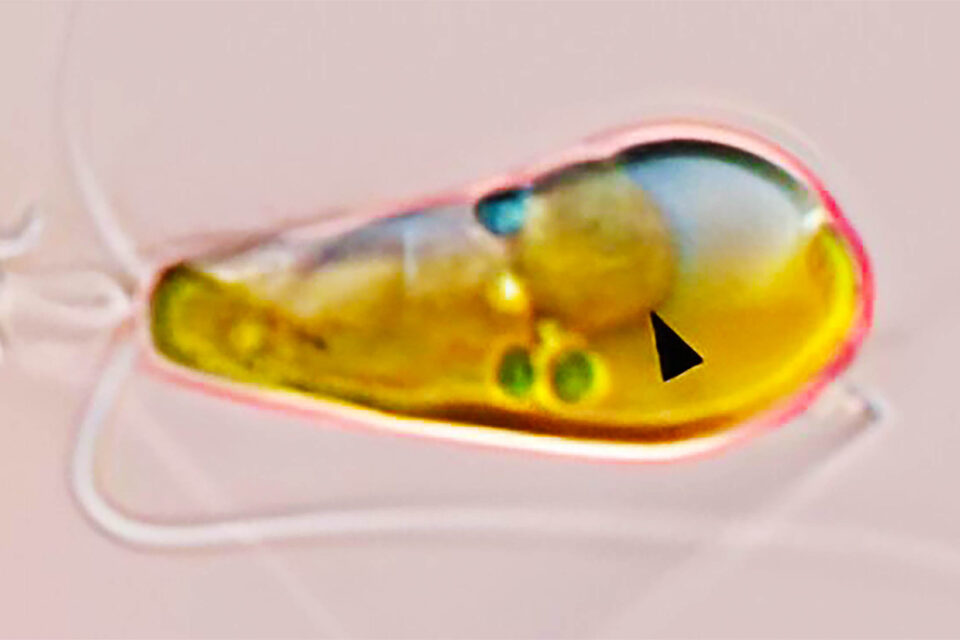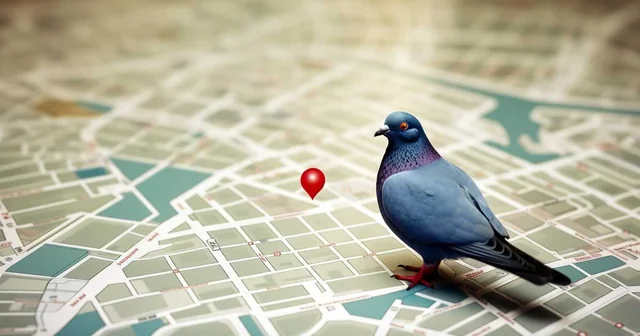What if you could pay back your taxes by binge watching ads? Or hand out speeding tickets to other drivers? Well, if designer Soren Iverson had his way you could. All thanks to his unhinged ideas that he has been posting daily for over a year now.
I like to call myself Craig “The Idea Man” Shames but this dude actually deserves the moniker as he has been iterating on an every day basis with actual screenshots of his ideas brought to life. Having come up with hundreds of ideas and gone viral dozens of times he now has enough material to publish a coffee table book of them called “Can You Imagine?”.
I’ve been following his journey since the beginning and here’s a quick look at some of my favorite ideas of his:
- A warning if you are sharing content someone else has already seen
- Netflix feature to skip awkward moments when watching a movie with your parents
- Have your DoorDash driver collect money that is owed to you
- Zillow feature to rate your neighbors
- TurboTax feature to find out where your money goes
- Tinder feature to see who else people are dating
- Burn calories to gain more screen time
- iMessage feature to provide someone’s actual ETA
- Ring feature to spray your guests with cologne if needed
- Finding out the environmental cost of food you order
- Mass apply to jobs on LinkedIn
- Phone camera locks if you use it too much during an event so you can be more present
- Maps feature to unblur areas as you explore them
- Uber option to let you drive
- Netfilx minimum IQ required to watch certain shows
- Control music when you enter a store via Spotify
- Spotify feature to lock Christmas music
- Facebook feature to remind people it’s your birthday
- Leave feedback when you unfollow someone
- Google map routes you to the nearest public bathroom
- Solve a riddle to reset your password
- OpenTable challenge to prove it’s your birthday
- Tinder feature to preview your future child
- Amazon feature to pay extra to deliver your order first
- See how people saved your name in your phone
- Apple Health show you how long you have left to live
- ChatGPT to summarize long texts for you
- Randomly like and auto respond to group texts
- Order welfare checks on people who don’t text you back
- Verify your identity with weird personal information/things you’ve said
- Venmo feature to play annoying sounds until someone pays you back
- Google maps feature to update ETAs based on the needs of your passengers and have often they need to stop for bathroom breaks
- Zillow feature to see how your future neighbors decorate for the holidays
- FaceID like feature to log in using other random body parts
- LockedIn instead of LinkedIn. Live streams of people working
- Set a text message character limit so you can’t get long texts
- Declare email bankruptcy to reset you to inbox zero
- Share your Tinder account with your parents so that they can swipe for you
- iOS photo bomb feature to send out the same picture to everyone in an area
The hundreds of ideas not listed here are great ideas as well. And best of all he shows no sign of slowing down, continuing to churn out new ideas on a daily basis. So, if you aren’t already doing so give him a follow on X at @soren_iverson. And tell him to leave some ideas for me!

Is Soren Iverson the real Idea Man?









